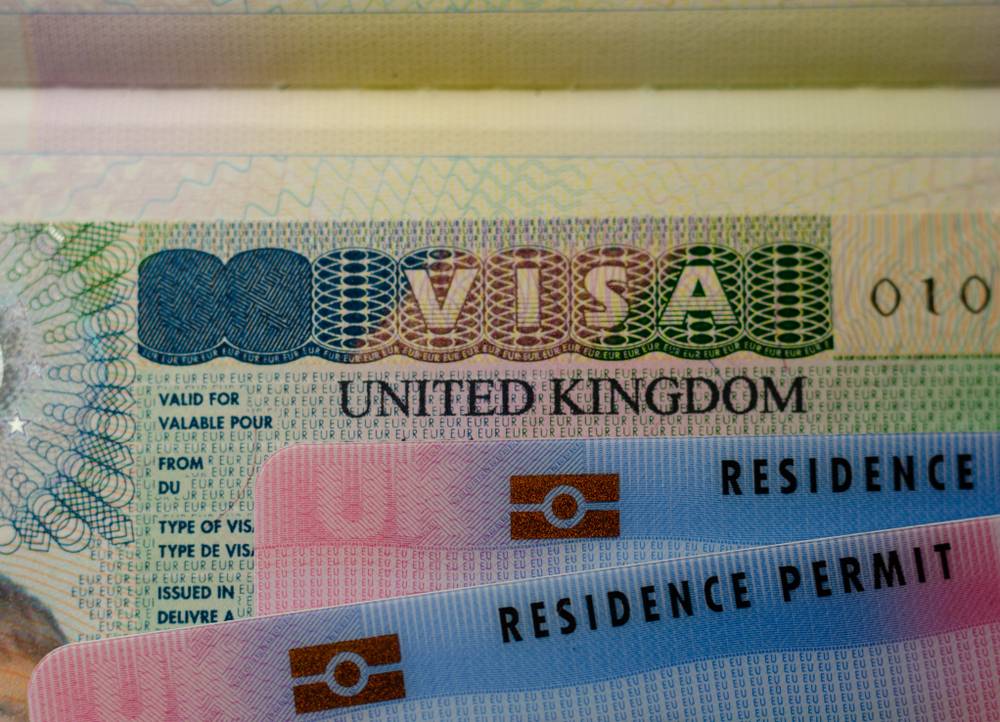Financial independence means having the freedom to live on personal terms without relying on a paycheck. The FIRE movement makes this possible by focusing on saving more, spending wisely, and investing for long-term growth. Instead of waiting until 65 to retire, FIRE offers a way to achieve financial security much earlier.
Reaching this goal isn’t about extreme sacrifices, it’s about making smarter financial choices. By cutting unnecessary expenses, increasing income, and investing consistently, early retirement becomes a reality. With the right strategy, financial freedom isn’t just a dream; it’s an achievable plan for a better future.
What Is the FIRE Movement?
The FIRE (Financial Independence, Retire Early) movement is a financial strategy focused on saving and investing enough money to achieve early retirement. Instead of working a traditional job until the standard retirement age of 65, FIRE followers build enough wealth to cover living expenses much sooner, often in their 30s, 40s, or 50s. The goal isn’t just to quit working, it’s about having the financial freedom to choose how to spend time without being tied to a paycheck.

FIRE is based on three key principles: saving aggressively, minimizing unnecessary expenses, and investing wisely. The idea is to accumulate enough wealth so that passive income from investments can cover basic needs indefinitely. While some people aim for complete financial independence, others may choose partial FIRE, where they continue working part-time or on passion projects while maintaining financial security.
Read: Remote Work Revolution: How to Land High-Paying Work-From-Home Jobs in 2025
How Much Money Is Needed to Retire Early?
One of the most important steps in achieving FIRE is determining the right savings target. This is where the 4% rule comes in a widely used guideline in the FIRE community. The rule states that withdrawing 4% of a retirement portfolio annually should be sustainable over the long term. To calculate the FIRE number (the total amount needed to retire), multiply annual living expenses by 25.
For example:
- If yearly expenses are $40,000, the FIRE number is $1 million.
- If yearly expenses are $50,000, the FIRE number is $1.25 million.
- If yearly expenses are $60,000, the FIRE number is $1.5 million.
The actual amount needed may vary based on factors like inflation, investment returns, and lifestyle preferences. A higher savings goal may be necessary for those who want a more luxurious retirement, while those who practice extreme frugality may need less.
The Three Pillars of FIRE Success
To achieve FIRE, three key financial strategies must be in place: cutting expenses, maximizing income, and investing effectively.

1. Cutting Expenses Aggressively
Keeping expenses low is one of the fastest ways to reach financial independence. The less money needed for daily living, the lower the FIRE number. Here’s how to reduce expenses:
- Housing: Choose a modest home, house-hack by renting out extra space, or move to a lower-cost area.
- Transportation: Drive a reliable used car instead of financing a new one, or use public transport.
- Food: Cook at home, meal prep, and avoid frequent takeout or dining out.
- Subscriptions & Entertainment: Cancel unused services, use free alternatives, and take advantage of library resources.
- Debt Management: Avoid high-interest debt, pay off existing loans quickly, and minimize unnecessary borrowing.
2. Maximizing Income
Increasing earnings allows for a higher savings rate, making it possible to reach FIRE faster. Ways to boost income include:
- Advancing in a Career: Seek promotions, negotiate salaries, or switch jobs for better pay.
- Starting a Side Hustle: Freelancing, blogging, selling online, or investing in real estate.
- Building Passive Income Streams: Rental properties, dividend stocks, or online businesses.
- Developing High-Income Skills: Learning coding, digital marketing, or financial analysis to access better-paying jobs.
3. Investing Smartly
Simply saving money isn’t enough investing is essential to growing wealth. The best FIRE strategies focus on low-cost, long-term investments:
- Index Funds & ETFs: Passive investing in the stock market with funds like S&P 500 ETFs.
- Real Estate: Rental properties for cash flow and long-term appreciation.
- Retirement Accounts: Maximizing contributions to tax-advantaged accounts like 401(k), Roth IRA, and HSA.
- Dividend Stocks: Investing in companies that pay consistent dividends for passive income.
The key is to invest consistently, reinvest earnings, and let compound interest accelerate financial growth.
Read: Career Change at 30+? Success Stories & Strategies for Pivoting Your Profession
Types of FIRE: Which One Fits Best?
FIRE is not a one-size-fits-all approach. There are different variations based on lifestyle and financial goals:
- Lean FIRE: Requires extreme frugality, with a low spending budget and minimal luxuries.
- Fat FIRE: Focuses on financial independence while maintaining a higher standard of living.
- Coast FIRE: Saves aggressively early, then allows investments to grow without additional contributions.
- Barista FIRE: Works part-time for supplemental income and benefits while enjoying financial freedom.
Choosing the right FIRE type depends on personal preferences, risk tolerance, and desired lifestyle in retirement.
FIRE Challenges and How to Overcome Them
While the FIRE movement offers financial freedom, it comes with challenges. Understanding these risks helps in creating a stronger financial plan.

- Market Downturns: A well-diversified portfolio with a mix of stocks, bonds, and alternative investments helps minimize losses during economic downturns.
- Healthcare Costs: Planning for medical expenses is crucial. Options include health savings accounts (HSA), private insurance, or moving to a country with lower healthcare costs.
- Inflation Risks: Investing in assets that outpace inflation, such as stocks and real estate, helps maintain purchasing power.
- Lifestyle Adjustments: Some may struggle with early retirement due to boredom or lack of purpose. Staying engaged through hobbies, part-time work, or volunteering helps maintain fulfillment.
Read: How to Save Your First $10,000 and Start Investing Like a Pro
Action Plan: Steps to Start the FIRE Journey Today
Achieving FIRE requires a clear plan and consistent effort. These steps create a solid foundation:
- Calculate the FIRE Number: Determine how much is needed to retire by using the 4% rule.
- Track Expenses and Cut Unnecessary Spending: Identify areas to save money and reduce financial waste.
- Increase Income: Focus on career growth, side hustles, and passive income opportunities.
- Invest Wisely: Choose long-term, low-cost investment strategies that align with financial goals.
- Stay Consistent and Adjust the Plan: Monitor progress, make necessary adjustments, and stay committed to financial independence.
The FIRE movement offers a pathway to financial freedom and early retirement, but success requires discipline, strategic planning, and smart financial choices. By cutting expenses, increasing income, and investing effectively, achieving FIRE is possible. It’s not about sacrificing happiness, it’s about creating the financial security to live life on personal terms.
Taking action today makes financial independence a reality sooner rather than later. The right steps today will lead to a future of choice, freedom, and financial stability.














